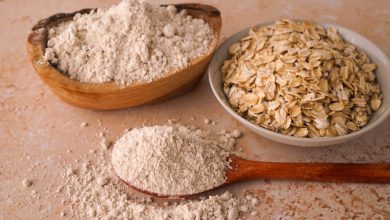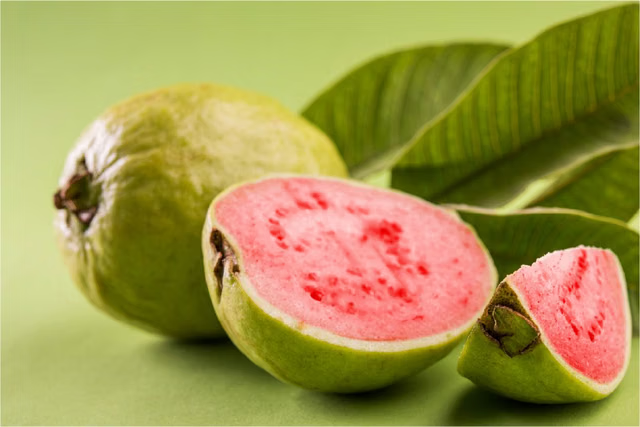Pork Fresh Meat by-Products (Brain, Raw)
Pork brain, a nutritious and versatile meat by-product, is often used in various cuisines for its rich texture and flavor. It is known for its unique contribution to both traditional and modern dishes, offering a high-protein, low-carbohydrate option with significant amounts of essential vitamins and minerals. Here is the nutritional breakdown for raw pork brain:
Nutritional Information (Per 100g of Raw Pork Brain):
| Nutrient | Amount |
|---|---|
| Energy | 127 kcal |
| Protein | 10.28 g |
| Total Fat | 9.21 g |
| Saturated Fat | 2.08 g |
| Carbohydrates | 0.0 g |
| Fiber | 0.0 g |
| Sugars | 0.0 g |
| Calcium | 10 mg |
| Iron | 1.6 mg |
| Magnesium | 14 mg |
| Phosphorus | 282 mg |
| Potassium | 258 mg |
| Sodium | 120 mg |
| Zinc | 1.27 mg |
| Copper | 0.24 mcg |
| Manganese | 0.094 mg |
| Selenium | 15.9 mcg |
| Vitamin C | 13.5 mg |
| Thiamine (Vitamin B1) | 0.155 mg |
| Riboflavin (Vitamin B2) | 0.275 mg |
| Niacin (Vitamin B3) | 4.275 mg |
| Vitamin B6 | 0.19 mg |
| Folate (Vitamin B9) | 6 mcg |
| Vitamin B12 | 2.19 mcg |
| Vitamin A | 0.0 mcg |
| Vitamin E | 0.0 mg |
| Vitamin D2 | 0.0 mcg |
Allergen Information:
Pork brain contains no known allergens but is derived from pork, so individuals with pork allergies should avoid it.
Dietary Preferences:
- Gluten-Free: Pork brain does not contain gluten.
- Keto-Friendly: The zero-carb content makes it suitable for ketogenic diets.
- Low-Carb: With no carbohydrates, it’s perfect for low-carb and diabetic-friendly diets.
- High-Protein: Provides a significant amount of protein, making it ideal for muscle building and recovery.
- Low in Sugar: It contains no sugars, making it suitable for those managing blood sugar levels.
Health Considerations:
Pork brain is rich in essential nutrients like phosphorus, iron, and B-vitamins, particularly niacin and vitamin B12, which support metabolism and red blood cell production. It also provides a good source of selenium, an antioxidant that plays a key role in maintaining immune function and thyroid health. However, it’s important to consume in moderation due to its higher fat content, particularly saturated fats.
Culinary Uses:
Pork brain is traditionally used in dishes such as scrapple, brain fritters, or as an ingredient in certain regional stews and soups. It can be pan-fried, braised, or included in creamy sauces and fillings, where its delicate texture and flavor can shine. When preparing pork brain, it is important to handle it with care, ensuring it is cooked thoroughly to eliminate any risk of foodborne illness.
Advice:
If you’re looking to add pork brain to your diet, it’s best to pair it with other nutrient-dense ingredients, such as leafy greens or high-fiber vegetables, to balance its rich, fatty content. This versatile ingredient can elevate a dish when used thoughtfully, and is particularly well-suited to adventurous eaters or those exploring traditional or regional recipes. Always consult a health professional or nutritionist if you’re unsure about incorporating such foods into your diet, especially if you have any specific health concerns.
Conclusion:
Pork brain offers a unique, protein-rich addition to various culinary traditions. While it may not be a staple in all households, its nutritional benefits and versatility make it an excellent choice for those willing to explore beyond traditional cuts of meat.










